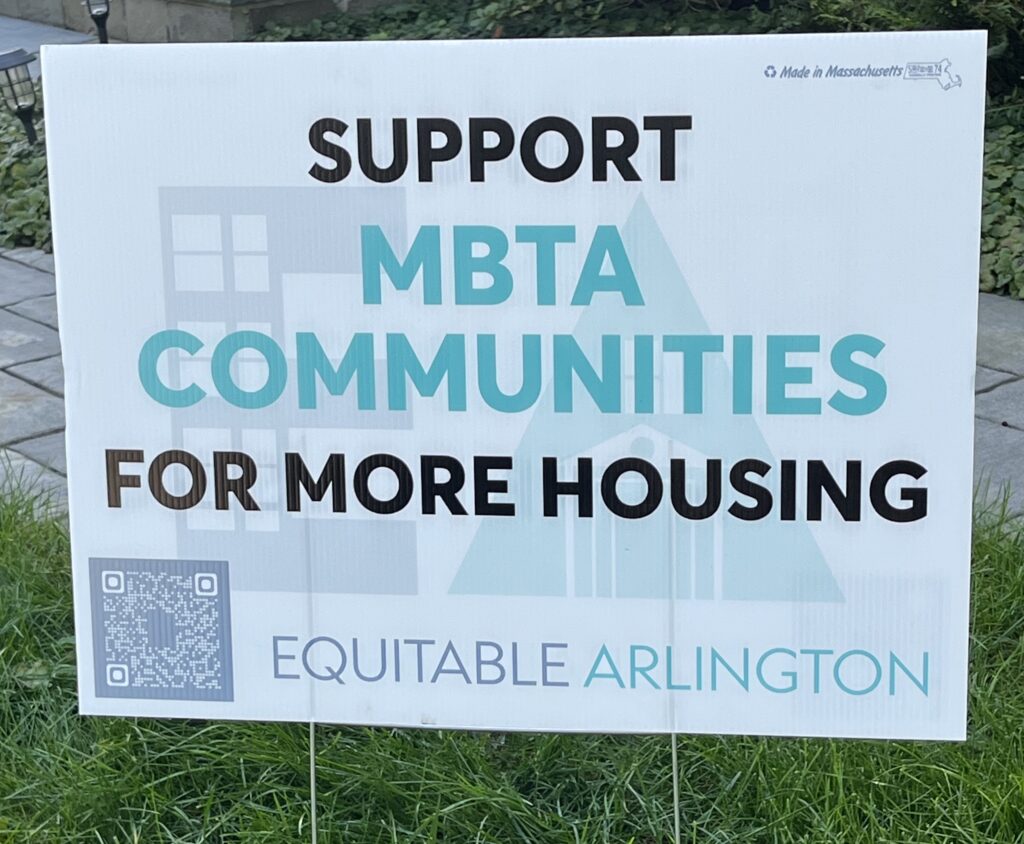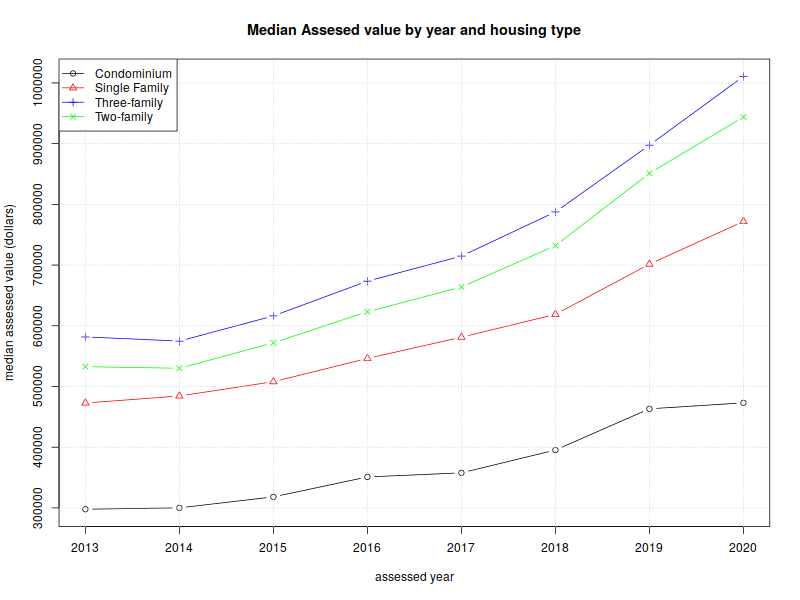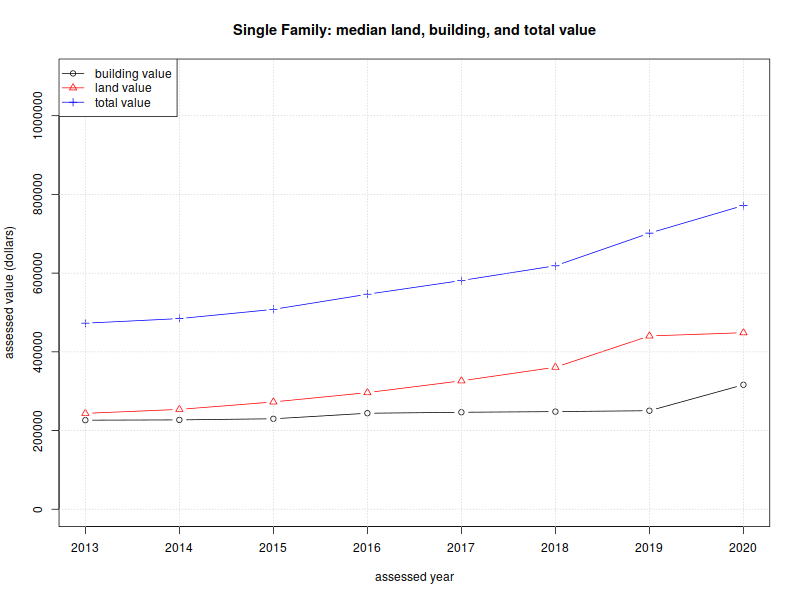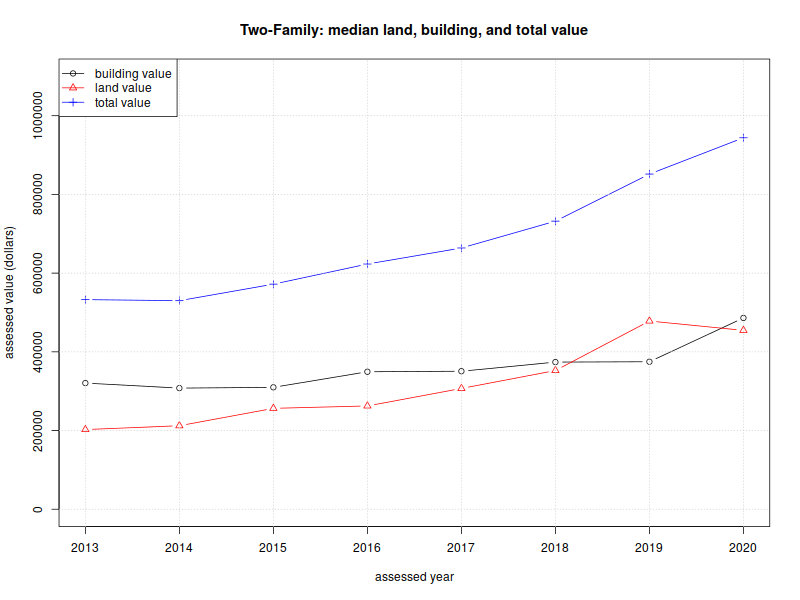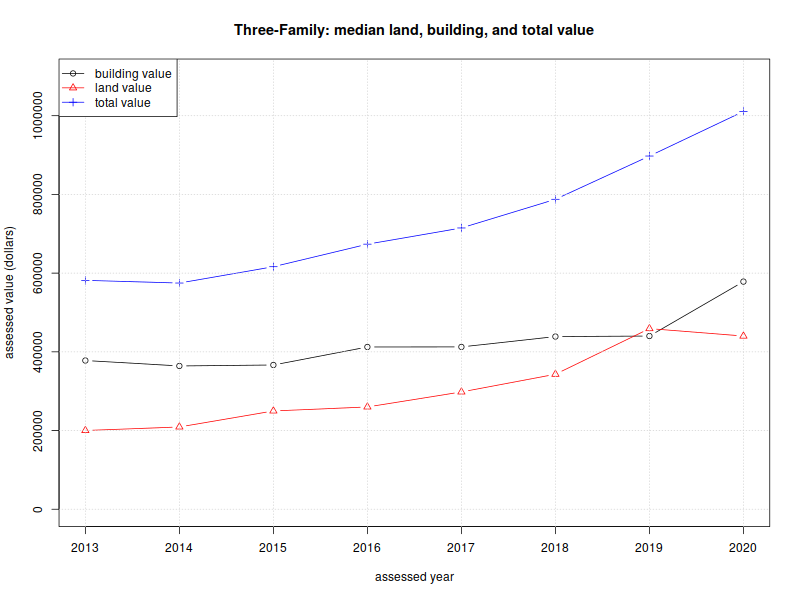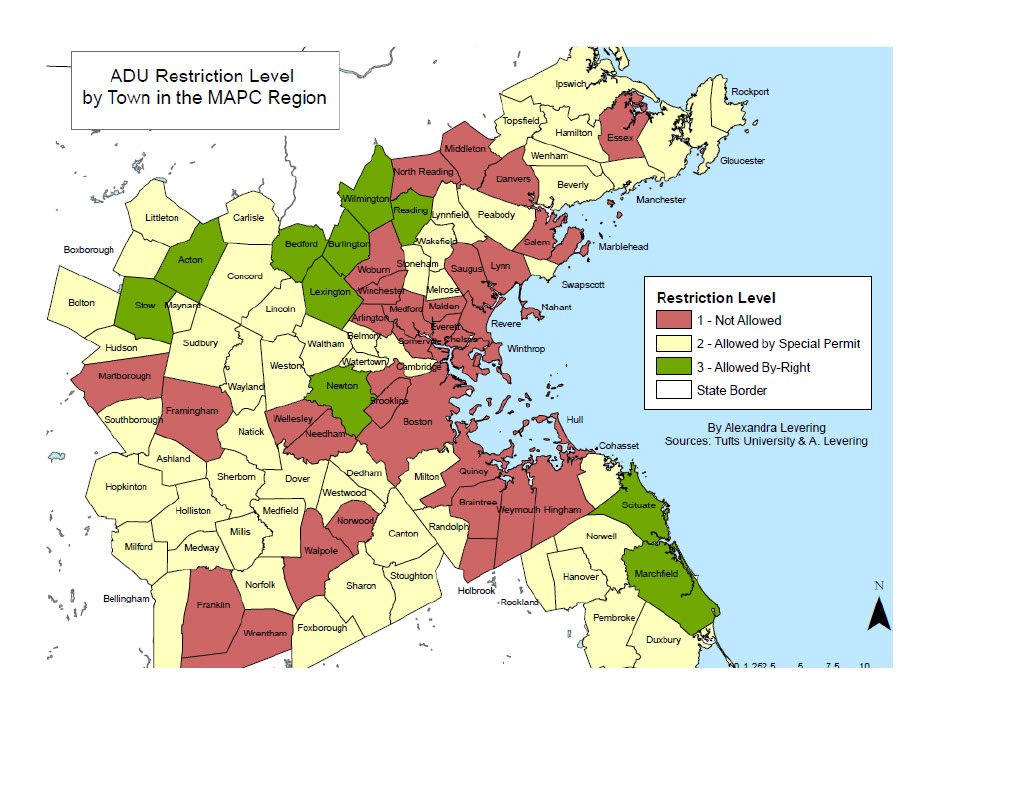Report by Vicki Been, Ingrid Gould Ellen, and Katherine O’Regan, Supply Skepticism: Housing Supply and Affordability, NYU Furman Center 8/20/18
Some affordable housing advocates question the premise that increasing the supply of market-rate housing will result in more affordable housing. This paper addresses the key arguments these “supply skeptics” make. Considering both theory and empirical evidence, the authors conclude that adding new market-rate homes moderates price increases does make housing more affordable to low- and moderate-income families.
At the outset, the authors review the relevant studies and conclude that “the preponderance of the evidence shows that restricting supply increases housing prices and that adding supply would help to make housing more affordable.” They then turn to several arguments the supply skeptics make. One key issue is whether adding housing in a part of the housing market will affect prices in another. The housing market is not uniform but composed of various submarkets. These submarkets relate to each other in complex ways. Critically, however, if demand forces up prices in a higher-end submarket, some buyers will turn to the next segment down and bid up prices there, generating a cascade. Adding supply at higher levels reduces this cascade and relieves price pressure all the way down. Empirical research indicates that this “filtering” process happens surprisingly quickly.
Supply skeptics may also fear that construction of new housing will exacerbate affordability problems by raising neighborhood rents or prices, fueling gentrification, and potentially displacing existing residents. New construction can have both positive and negative effects on prices or rents of nearby homes. New housing may an amenity that makes a neighborhood more attractive – and expensive. But it also absorbs demand and may reduce the incentive to upgrade existing housing to please high-end buyers. The evidence on the net effect of these effects is unclear. An important California study indicates that the production of market rate housing was associated with a lower probability that low-income residents in the neighborhood would experience displacement. But more research is needed.
The authors point to additional disadvantages of limiting supply, including pushing lower-wage workers to live in distant suburbs, where long commutes add to regional traffic woes and greenhouse gas emissions. They stress, however, that increased supply, while essential, is not sufficient to address the affordability challenge. Government intervention through subsidies and other measures is critical to ensure that housing supply is added at prices affordable to a range of incomes, and especially the lowest ones.

